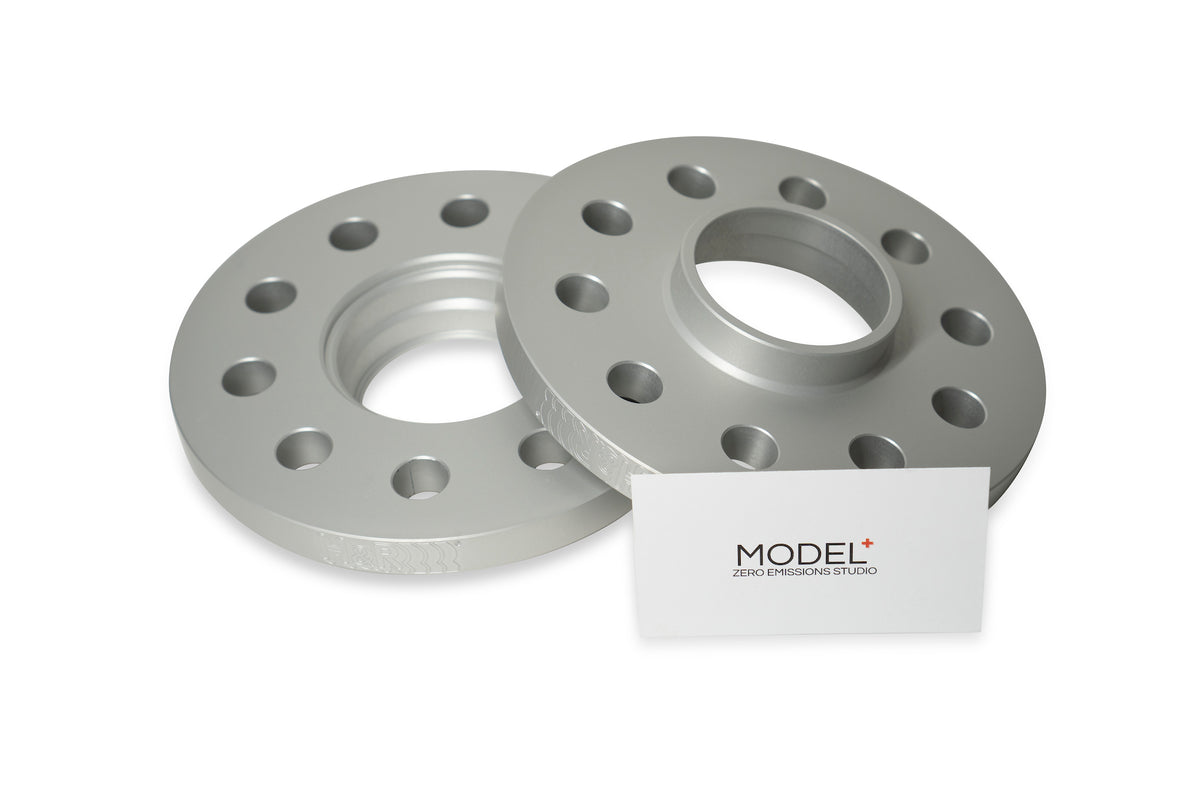Rear camber arms are typically used to "correct" natural negative camber from lowering ride height. This is the most common use for these arms as you can achieve more even tire wear.
You may also use rear camber arms to dial in
additional negative camber than the natural negative camber from lowering ride height. This more common to fit wider wheel/tire combo for stance or for the track.
With that being said, 14mm all-around H&R TRAK+ spacers is typically what we recommend for mildly lowered M3Ps.
14/20mm for heavily lowered M3Ps w/o rear negative camber "correction"
In-stock ready to ship. H&R TRAK+ premium hub-centric spacers for Tesla Model 3 & Model Y are made in Germany. These spacers are to be used ONLY with Factory OEM Tesla Wheels. Please use Aspira Auto Design Spacers with aftermarket wheels. 10mm - DRS Style includes extended shank lug nuts (as...

modelplusstudio.com
Danny






